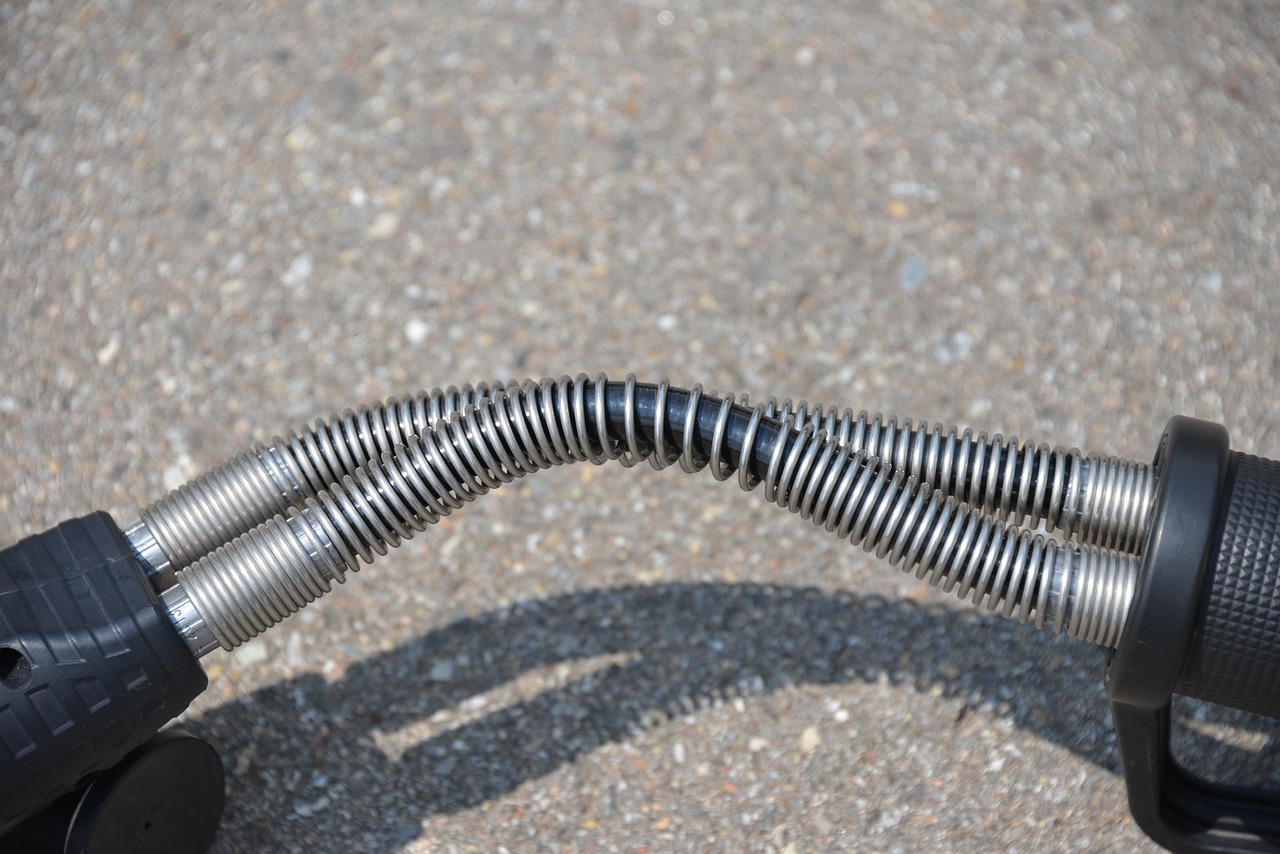Keeping ambient heat under control is a challenge in many hydraulic systems. Fluid pressure, motion, and moving parts all raise the temperature, making user safety and smooth running far trickier to maintain. One effective way to reduce the risks and challenges of ambient heat is by investing in thermoplastic hydraulic hoses.
What Is Thermoplastic?
Thermoplastic refers to any artificial polymer that becomes more pliable when heated and rigid and tough when cooled. Popular thermoplastics include PVC, PTFE, Polystyrene, Acrylic Composites, and the Polyethylene (PET) family.
Why Are Thermoplastic Hoses Used Extensively In Modern Hydraulics?
Thermoplastic hoses provide high heat resistance, lightweight toughness, and better working flexibility than many rubber or fixed metal pieces. Multi-layering different thermoplastics and other materials (e.g. metal meshes) enhance the advantages.
Their combination of extreme tensile strength and high thermal absorption make them ideal for building fast, dynamic pipelines to transfer and hold pressurised, heated, and volatile hydraulic fluids. Which thermoplastics are selected for tubing will depend on the intensity, base heat, and volume of the system’s fluid loop. However, there are many other advantages of using thermoplastic hoses in your hydraulic systems beyond the immediately obvious:
1) Continuous construction
New thermoplastic hoses are strong enough to be almost indefinitely extruded while heated without a long mandrel (i.e. a spacer or metallic former). Thermal construction eliminates the need for cut and conjoined pipeline pieces. As well as cutting the risks of fatigue breaks and pinhole leaks, a single hose can extend to thousands of metres long. Strong molecular resistance allows for colossal thermoplastic hoses to transfer fluid over enormous distances.
2) Lightweight builds
Did you know that thermoplastic hoses are typically 40-60% lighter per unit than their rubber and metal equivalents? Greater molecular efficiency makes thermoplastics easier to carry, install, store, and modify.
3) Tighter and wider hose designs
Similarly, high cooled strength lets engineers specify a far greater range of hose configurations than traditional build techniques. Both micro-hydraulic systems and mass fluid transfers benefit from thermoplastic tubing.
4) Custom 3D printing and CAD compatibility.
Thermoplastics are fully computer-aided-design (CAD) friendly, if you need to custom-tool or commission a unique hydraulic part. Using digital mock-ups, engineers can create precision hoses to meet and match any challenge.
5) No need for separate joints
Thermoplastic hoses allow joint connectors to flow from a single, continuous, hard-wearing pipe. You can even build three or four-point multi-connectors into your system.
Thermoplastic Components And Expertise From Hydrastar
Hydrastar have been designing and supplying hydraulic systems since 1979. Alongside our anti-thermal equipment, we stock motors, pumps, rams, sensors – everything you’ll need for hydraulic construction and design. Get in touch today to speak with one of our experienced design engineers.
Image source: Pixabay



